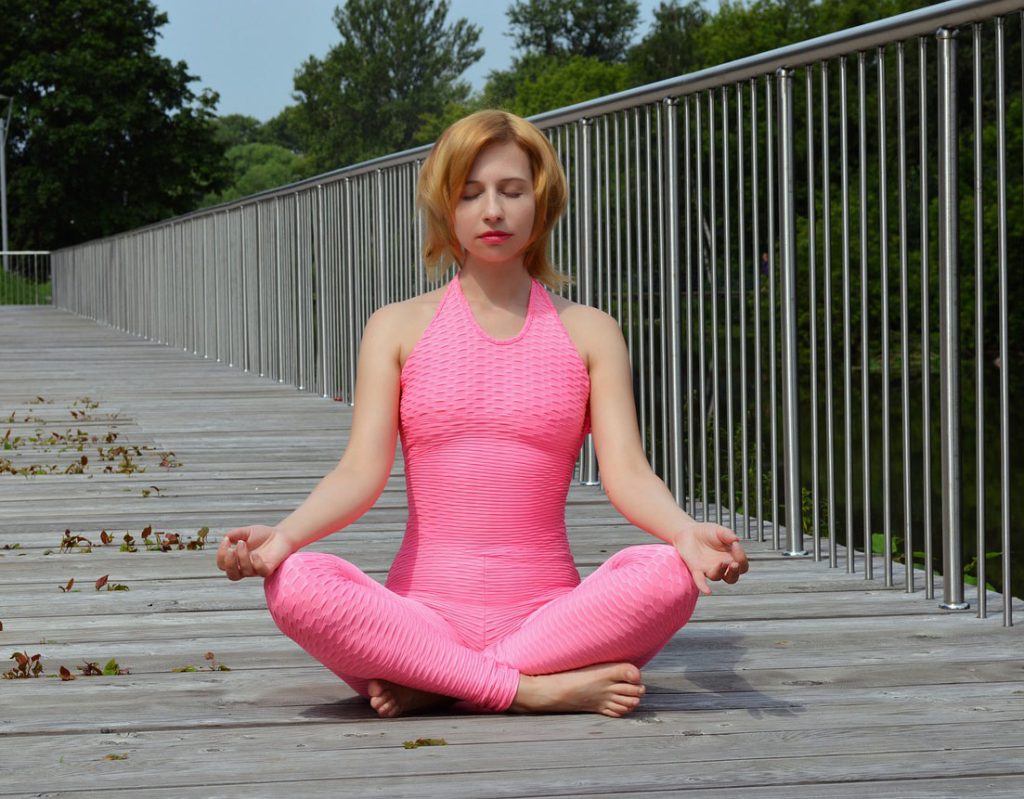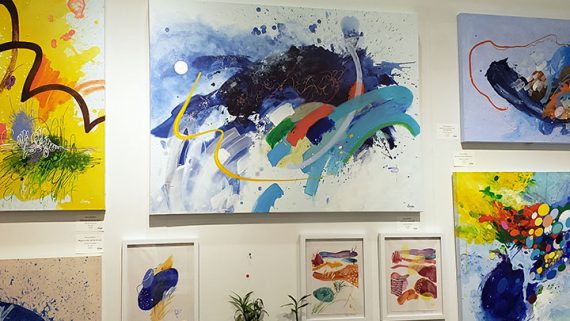Demystifying Meditaiton with the Kleshas: What Hinders Your Practice?
Demystifying Meditation: Understanding the Kleshas
What hinders your practice?
By: Brian Serven, Yoga: Teacher, Mentor, Consultant, Therapist, C-IAYT, E-RYT 500, YACEP
“The hard truth though, is that the obstacle is not in the path, style or type of meditation,
the obstacle is within the student.” Brian Serven
Though the effect of a dedicated meditation practice is equanimity (mental or emotional stability or composure, especially under tension or strain, calmness); it is ironic that for most students at the onset of meditation, the mind resists with the intensity of a raging tornado. Instead of feeling lured to a quiet space to let thoughts and stresses sink and settle, aversions arise steeped in intense emotional reactions, fears of failure and frustration.
Why is meditation so elusive?
The answers may come to light by observing yoga’s psychological model known as the Kleshas, or hindrances of the mind. These are defined as Ignorance, Egoism, Attachment, Aversion and Fear.
Ignorance is not knowing, confusion, misperception and lack of clarity. When it comes to meditation, there are numerous unknowns. An example is confusion around a suitable type or style of meditation.
Hours, days or months passing while attempting to reap the meditative rewards of countless different types of meditation can cause the Ego to shift out of balance, resulting in a growing disbelief in one’s capability to meditate or to derive any benefits from the practice.
Misunderstanding can lead to Attachments in mediation. A common attachment is to a preconceived notion of progress or a ‘state of being’ that is supposed to arrive after practice. The lore and literature of supernatural experiences immensely hinders the practitioner’s relationship with a quiet mind.
Feelings of frustration breed Aversion to the practice of meditation itself.
Before long, a student may Fear that they are wasting their time, being unproductive or in some case, the fear of success equally blocks the process.
An earnest student of meditation may inquire with a teacher about their meditation struggles. Unfortunately, most teachers of yoga are as inexperienced with meditation as the students in their classes. Inexperienced teachers try to placate students with platitudes and inane advice. Most commonly, the advice is to simply try something else; like from a meditation technique buffet. The belief system that there is one ‘right’ type is rooted in the mystery of meditation. It is as if some students believe a meditative state of mind is like the result of some arcane magic, that you’ve just got to do the spell correctly; right position, waning moon, 13th day of the month, right mudra (hand gesture), right mantra and so on. But the meditative state is not relegated to some external circumstance like a solar eclipse. Ceaseless searching for the right type actually brings to light a deeper and more subdued desire for the process to be easier. If a student sits and hits an obstacle, rather than address it, it is easier to hope to find a path without an obstacle. The hard truth though, is that the obstacle is not in the path, style or type of meditation, the obstacle is within the student.
 Beyond physical or sensory hindrances such as body discomfort or distractions like sound, most obstacles reside in the mind. Facing a psychological obstacle is like facing a riddle. It requires perseverance, courage and self-awareness to discern the hindrance and its root. It is not something the student will necessarily be able to do at first encounter either. Meditation is not a race and any glimmer of a so-called ‘awakening’ felt at any given moment is indeed fleeting – so don’t be attached.
Beyond physical or sensory hindrances such as body discomfort or distractions like sound, most obstacles reside in the mind. Facing a psychological obstacle is like facing a riddle. It requires perseverance, courage and self-awareness to discern the hindrance and its root. It is not something the student will necessarily be able to do at first encounter either. Meditation is not a race and any glimmer of a so-called ‘awakening’ felt at any given moment is indeed fleeting – so don’t be attached.
Let’s look at an example of a mental hindrance. Imagine as you sit and endeavor to quiet your mind that you experience anxiety. Perhaps there is a dramatic change set to occur in your life and the clock is endlessly counting the seconds down to the inevitable and apprehensive shift. Exploring the Kleshas (a term from Indian philosophy and yoga, meaning poison) provides you the opportunity to create a dialogue with yourself beginning with a series of questions. These are problems you can simply contemplate as you sit in your meditative position. Other alternatives are journaling or speaking with a mental health professional. Examples of some questions you may ask yourself are:
Ignorance
What am I not understanding about the change?
Is there anything I am unclear or confused about?
Egoism
How does the change impact my sense of self or who I believe I am?
Attachment
What am I clinging to that is impairing my ability to move on?
Aversion
What about the change am I resisting and how can I overcome the resistance?
Fear
What worries me about the change?
Remember, you are not alone in your struggles with cultivating a strong meditation practice. Make sure you know the basics, find a legitimate and experienced teacher for support and accept the reality that there will be obstacles. Acknowledge the obstacle, use the Kleshas to explore and understand the source of the obstacle and be patient as you unpack the issues. In time and with fortitude, you may find your mental resistance to the practice of sitting quietly with yourself becomes less charged. Acceptance that obstacles will arise and confidence you can address them creates an attitude of ease in the face of obstacles. This is where equanimity comes from. It is not that the meditator overcomes an obstacle and is liberated from it permanently. It is that the meditator no longer allows the obstacle to confine or define them.
More About the Author:
Brian Serven began his ever-deepening relationship with yoga in 2008, as a counterweight to the intensity of studying martial arts. Concepts such as self-reliance, non-violence, clarity and discipline were found to harmonize between the disciplines and validated the belief of common roots. In 2020, Brian, his wife Michelle, pup Cubert and cats Baroness and Doom, left the northeast and moved cross-country to southern California. There they enjoy cycling, astronomy and vegan cuisine.
Contact Brian:
@nidanserven or @BrianServen









